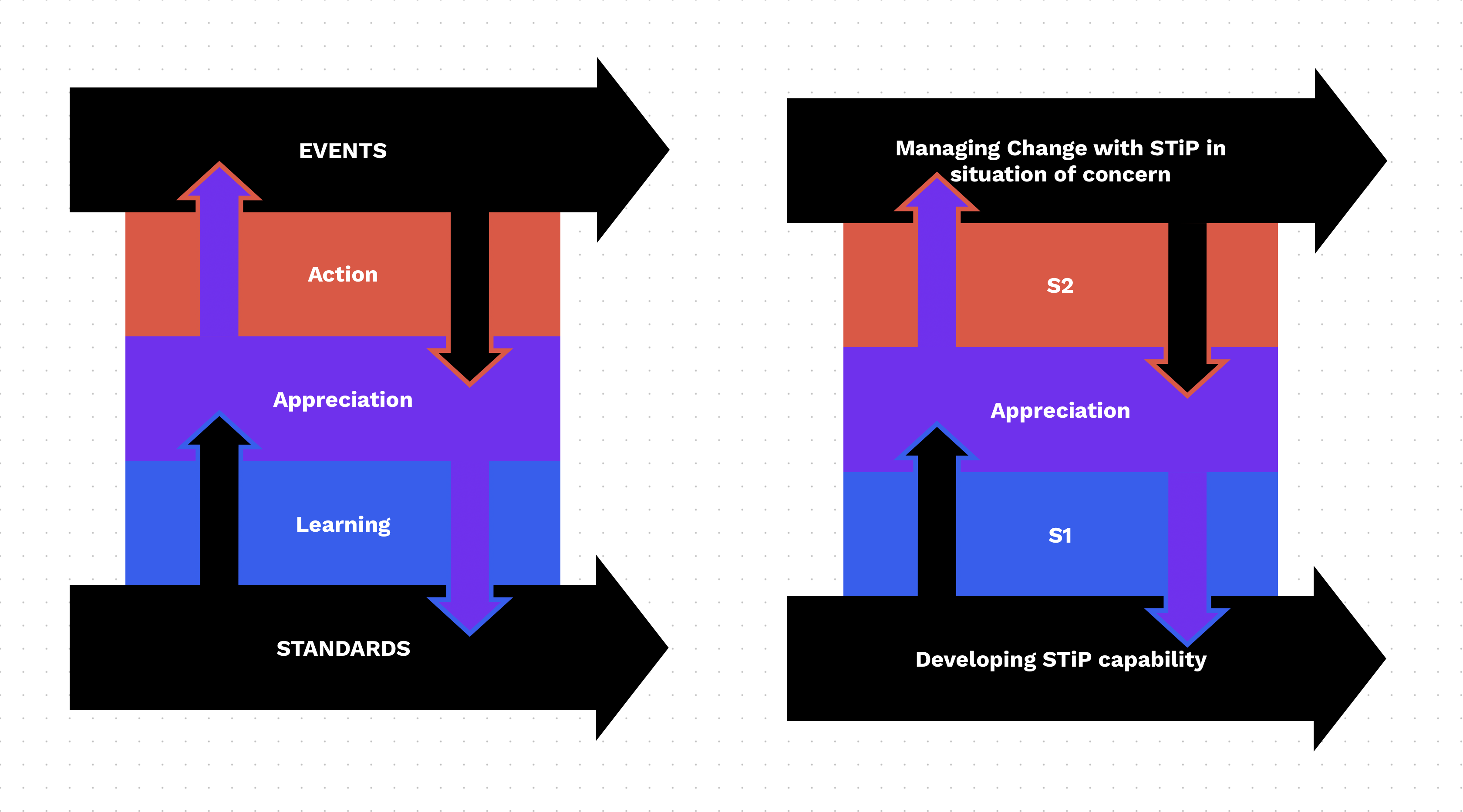Your basket is currently empty!


Choosing a systemic approach for social learning in order to design systems for (systemically desirable and culturally feasible) change.

This blog post is a bit of a ramble and a rant. I discuss my current struggles as a student. If you would like to only read about the content of my studies, please go ahead to the next post,…

In Part 2.5.1 (Taking a design turn in your practice) of the TB872 module for Managing Change with Systems Thinking in Practice, we further develop the ‘learning contract’ that we started working on in Part 1 of the module, amending…

While reading Systems Practice: How to Act (in situations of uncertainty and complexity in a climate-change world (Ison, 2017) to accompany my study of TB872 Managing Change with Systems Thinking in Practice, I am simultaneously developing my understanding of Systems…

Exploring the BECM heuristic and the Juggler isophor for understanding my past and present practice with Systems Thinking.

…The transition from ‘being’ systemic to ‘doing’ Systems encompasses all the ‘balls’ juggled by an aware systems practitioner—Being, Engaging, Contextualising, Managing.

Planning my systemic inquiries for developing my Systems Thinking in Practice (STiP) capabilities and the process of managing change in a situation of concern.

Looking for situations in which I could see myself taking purposeful action to manage change using STiP…

Thinking about how to manage change in systems with multiple stakeholders…

In week 3 of TB872 Managing Change with Systems Thinking in Practice, we examine our own systemic sensibility, literacy and capability. We are encouraged to appreciate relational as well as linear cause-and-effect thinking, so that we can become stronger at…